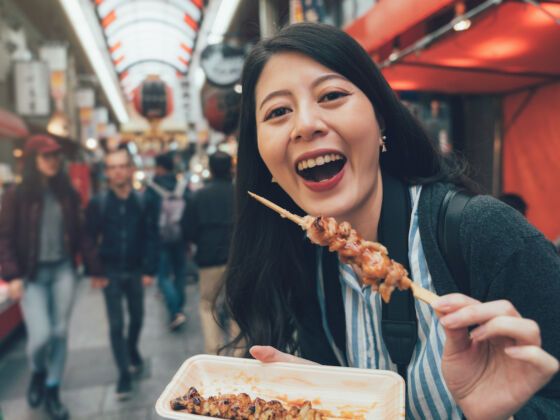6. Don’t rely on vegetarian/vegan options.
For someone allergic to seafood, milk, or eggs, eating vegan seems like a fail-safe option. However, in Japan, pure veganism is not that common (unless you’re a monk), and your words will be comprehended by the populous as that you just don’t eat beef. Foodstaff may still serve you food that contains seafood products and animal by-products, unaware of your medical needs. Don’t blindly rely on these terms to keep yourself safe.
